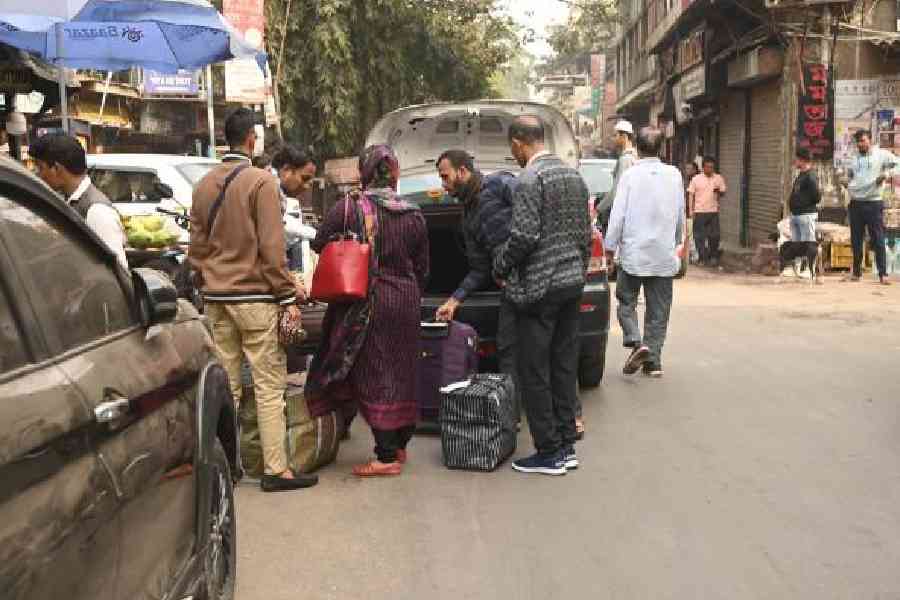Berhampur, Feb. 15: The endangered Olive Ridley turtles have started their annual mass nesting near Rushikulya river mouth in Ganjam district, about 45km from here.
The turtles preferred to nest in large numbers on a 3.2-km sand bar between Purunabandha and Gokharkuda, which is an island beach and detached from the main coast. Rushikulya is the second largest rookery for Olive Ridley turtles.
According to official sources, 8,030 turtles laid their eggs on February 12 night and the number increased to 25,000 on the night of February 13. Mass nesting may continue up to February 20 to 22, said experts. However, mass nesting of the turtles has not yet started at Gahiramatha and Devi river mouth, two other major sites.
The turtles dig up sand with their flappers up to one and half feet deep to lay their eggs. They cover them up with sand again and return to sea. Each adult female lays approximately 100 to 120 eggs at one time.
The mating season is between Octobers and January and extends to February. The mass nesting takes place usually from late December to April although high-density sporadic nesting continues in May.
“The beach has been divided into 32 segments to coordinate and facilitate the process. A control room has also been established for the mass nesting of Olive Ridley turtles. Each of the five segments have one forest official as supervisor,” said divisional forest officer Sudhansu Sekhar Mishra.
The 32 segments are under close watch of a team of forest officials, including the district forest official of Berhampur and seven forest rangers of Berhampur, Khallikote, Digapahandi, Sauntiapalli.
Researchers from Wildlife Institute of India in Dehradun and Indian Institute of Science Bangalore were on the Rushikulya river mouth to study of turtles behaviour.
“There is favourable condition for nesting of Olive Ridley turtles and we expect more and more turtles would come to Rushikulya rookery this year to lay their eggs,” said the researcher. Last year, around one lakh Olive Ridleys nested at Rushikulya rookery. In 2011, about 2, 51,000 turtles nested at this coast.
In 2007, there was no mass nesting on the Rushikulya rookery coast, while in 2006 mass nesting took place twice.
“The Olive Ridleys are omnivorous, feeding on crustaceans and molluscs. They can dive to great depths and are bottom feeders as well as pelagic feeders. They are highly migratory, covering thousands of kilometers between foraging and nesting grounds”, Anu said.










